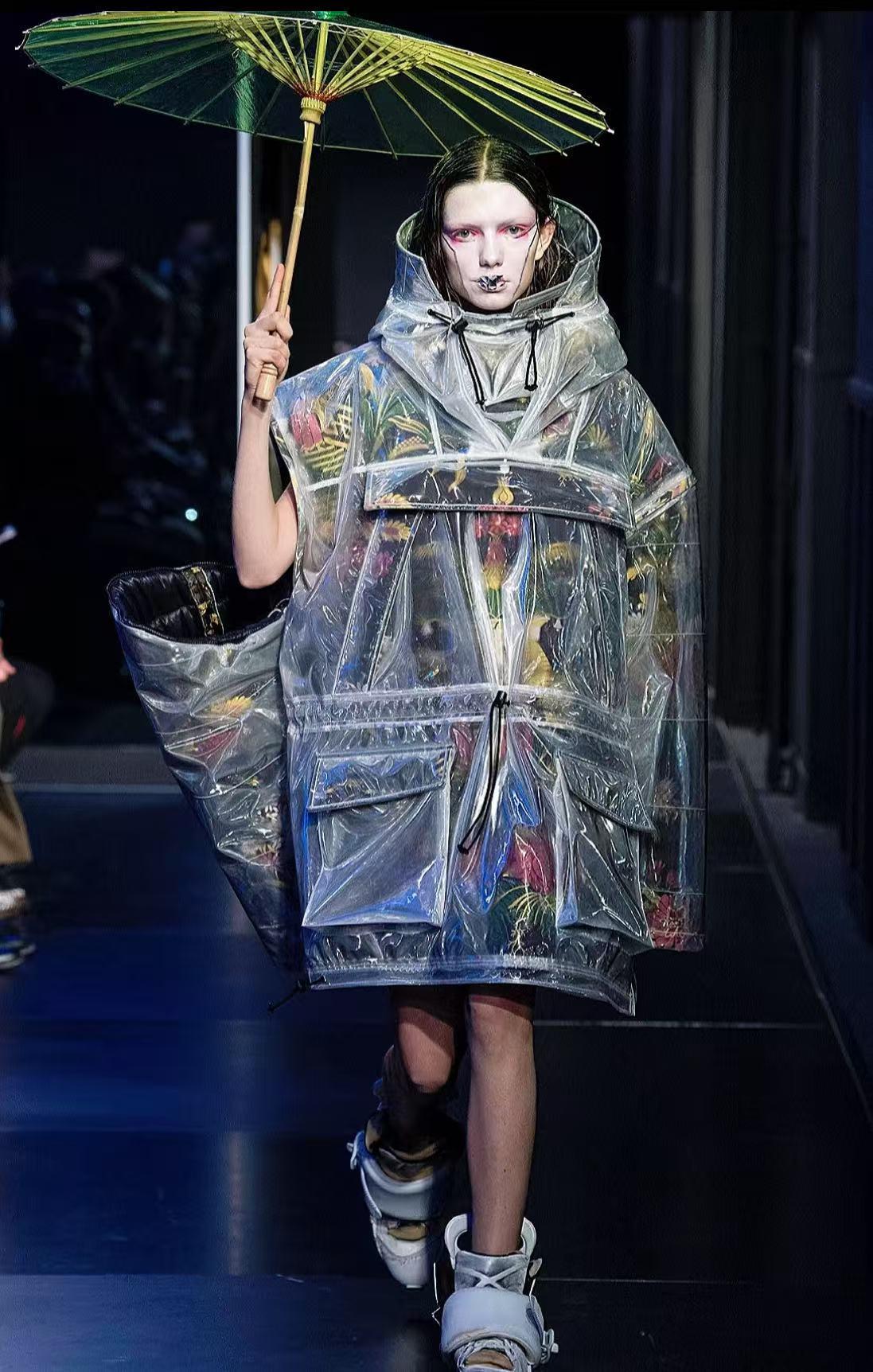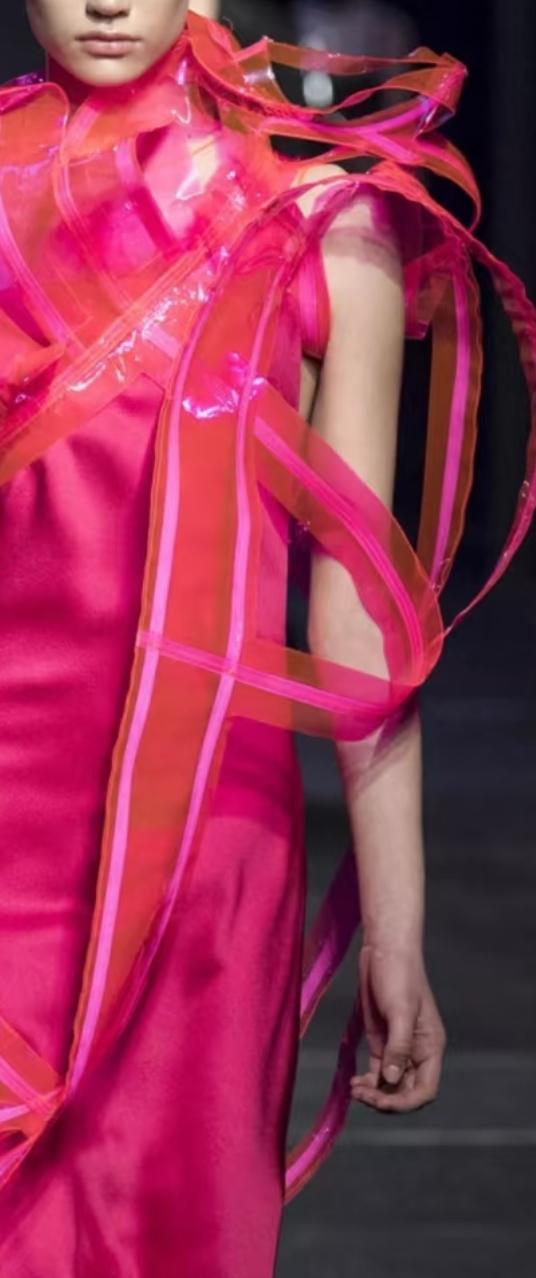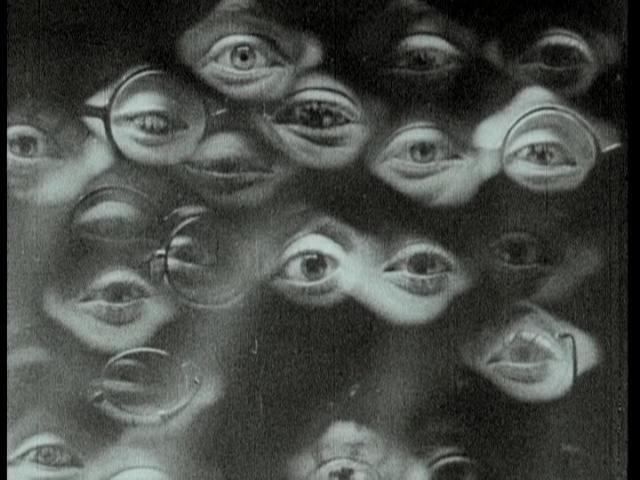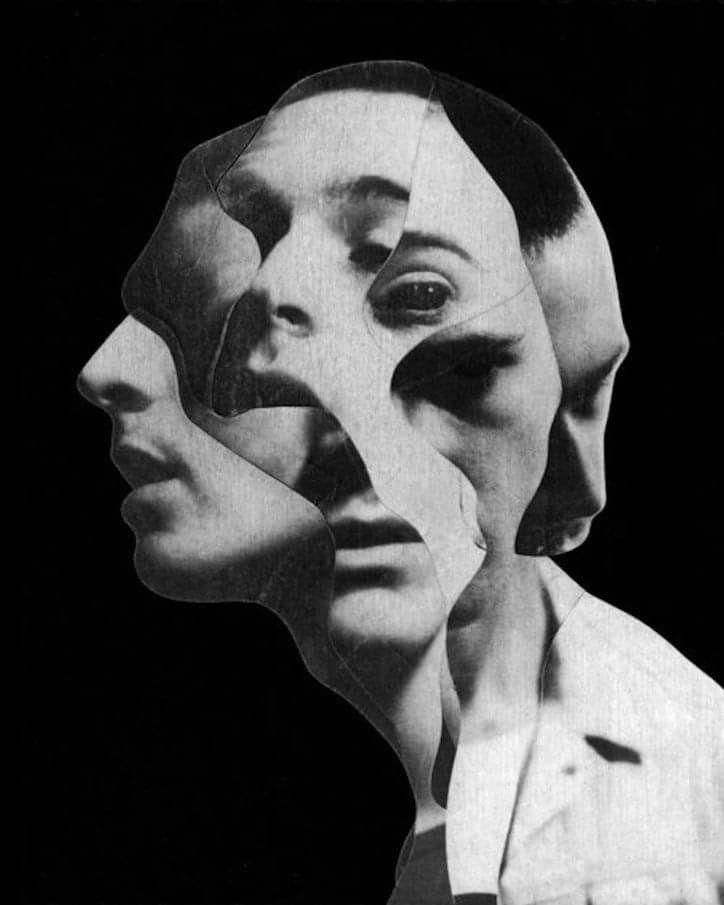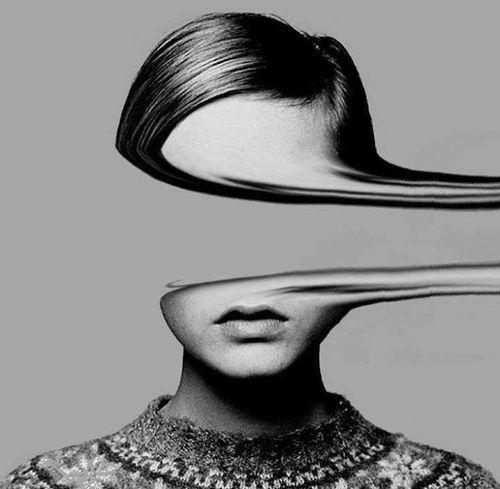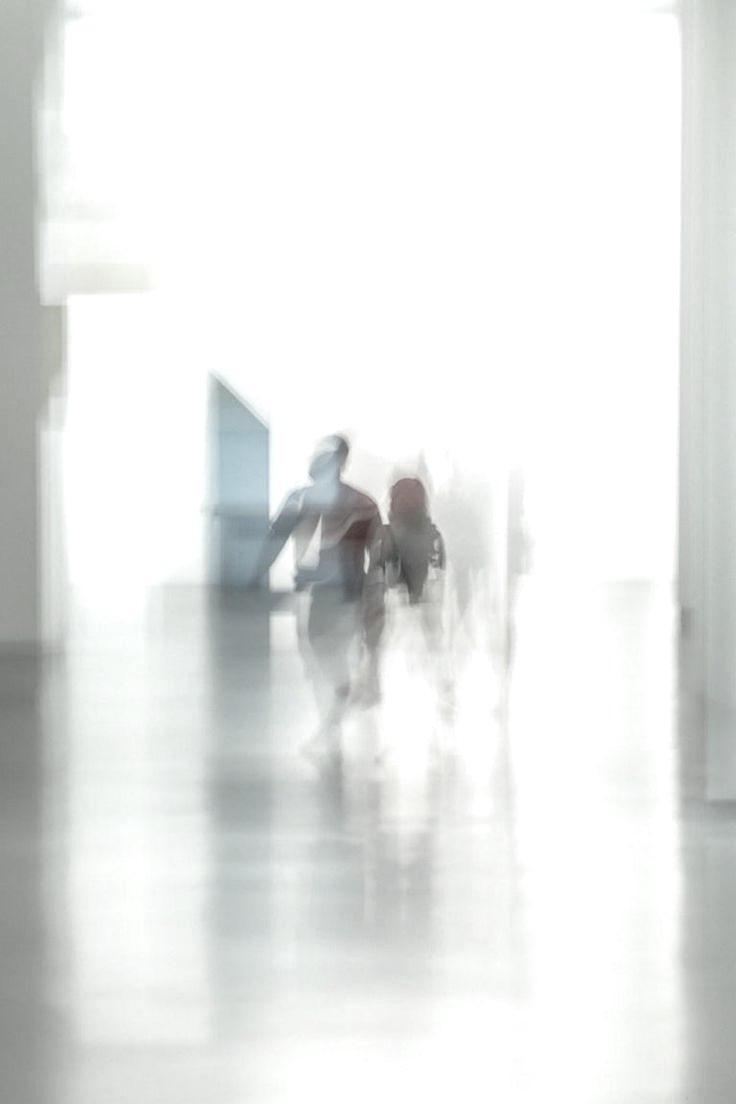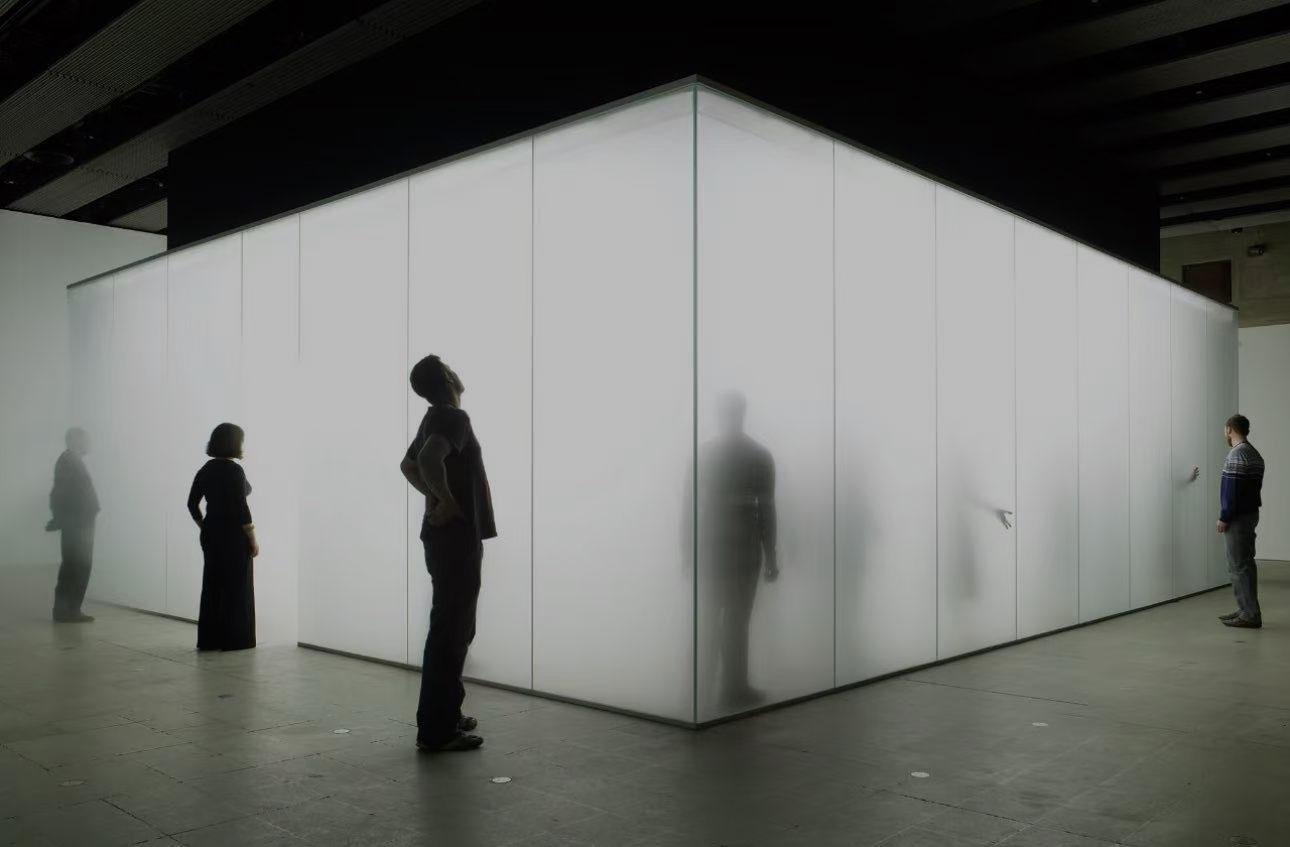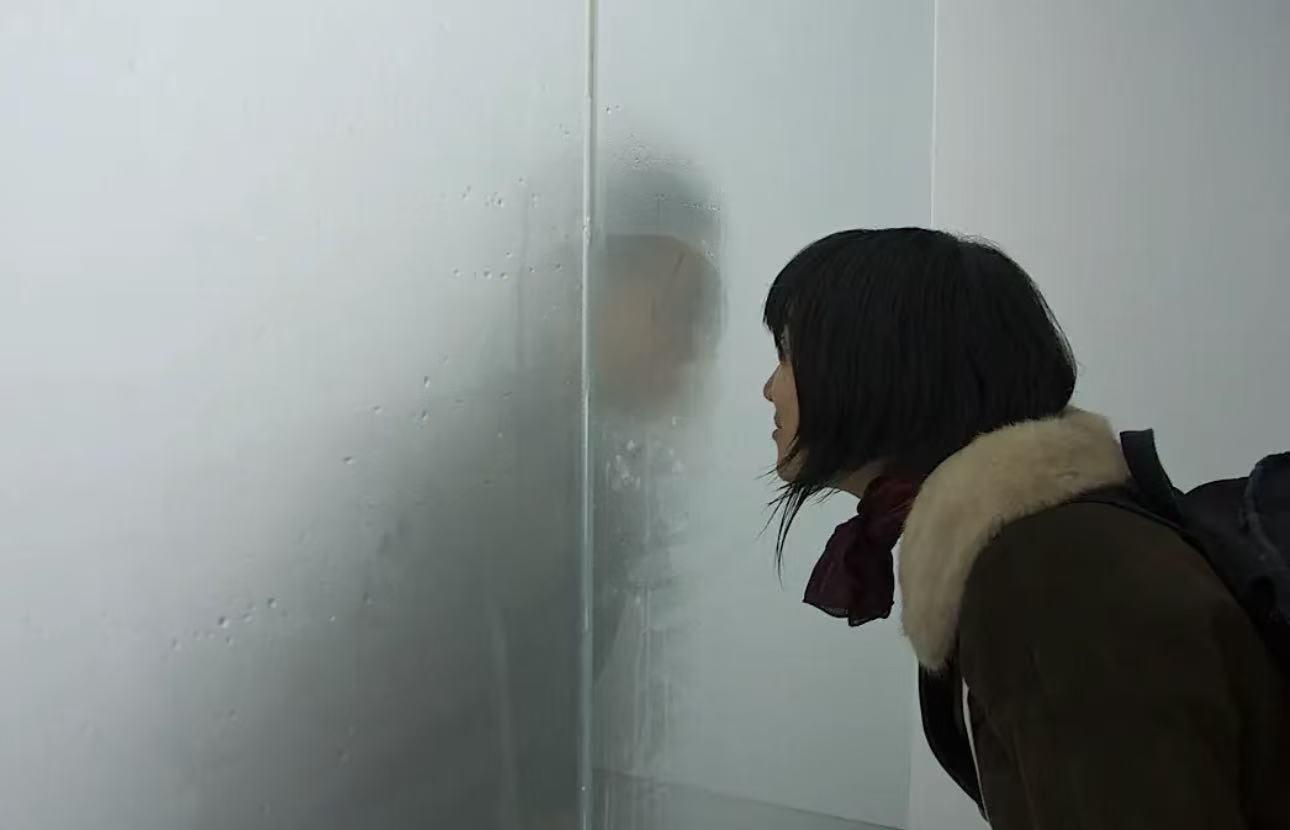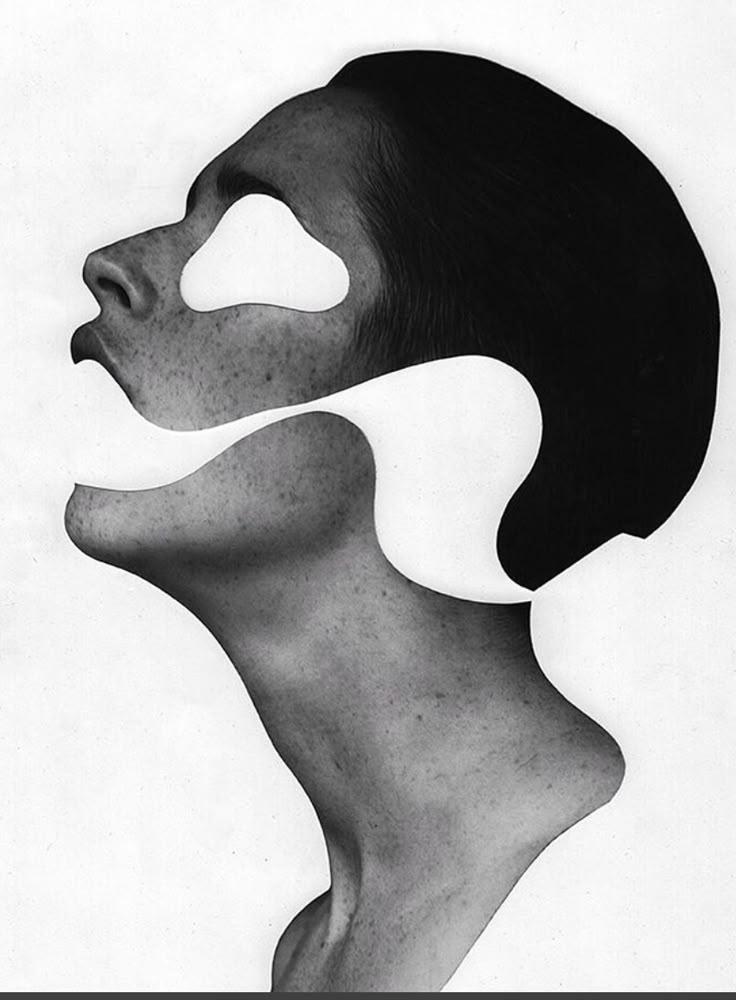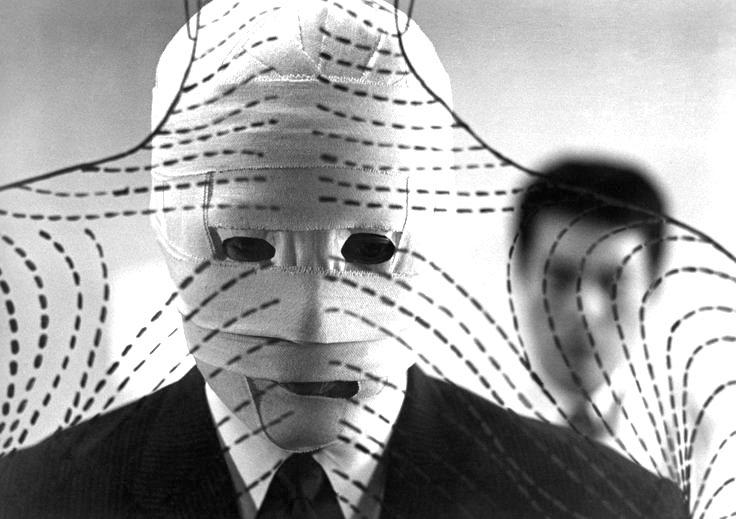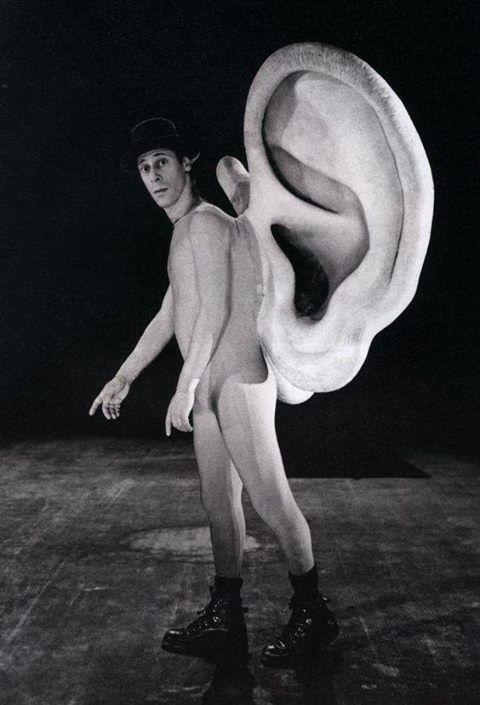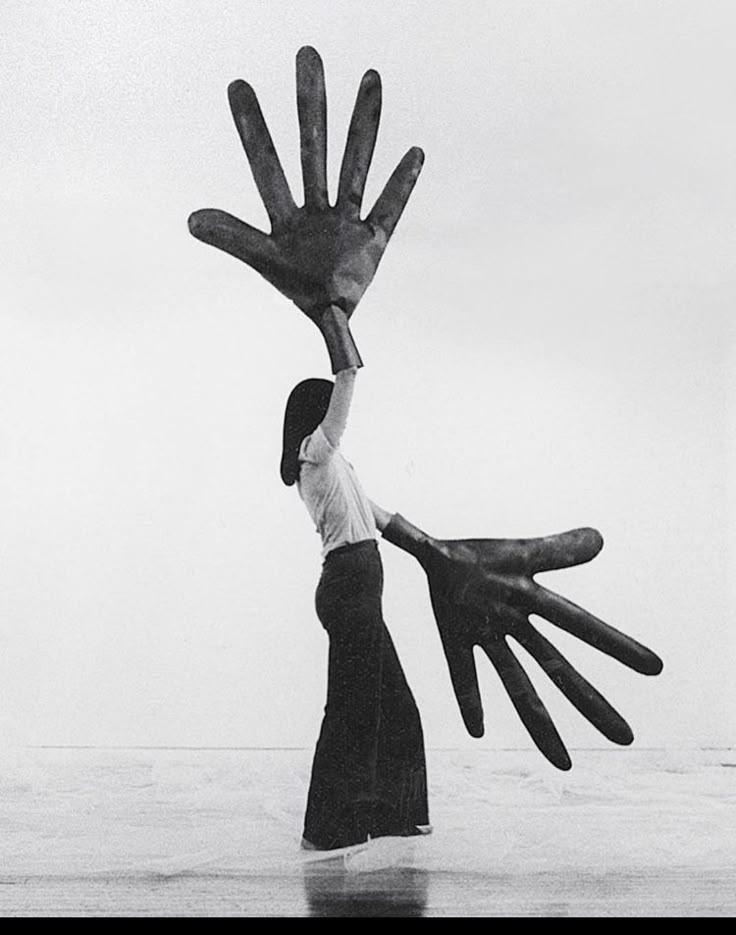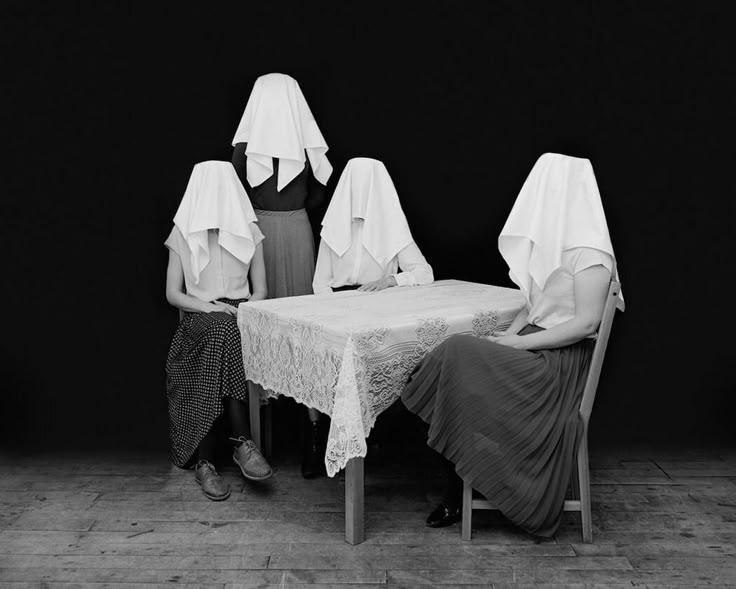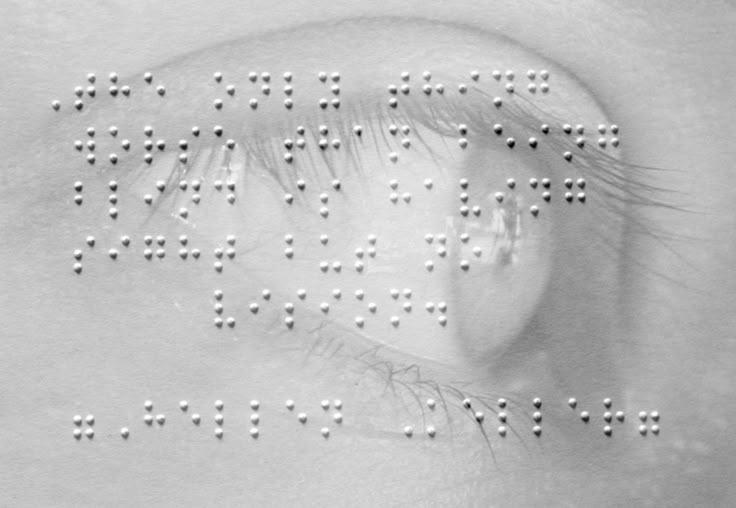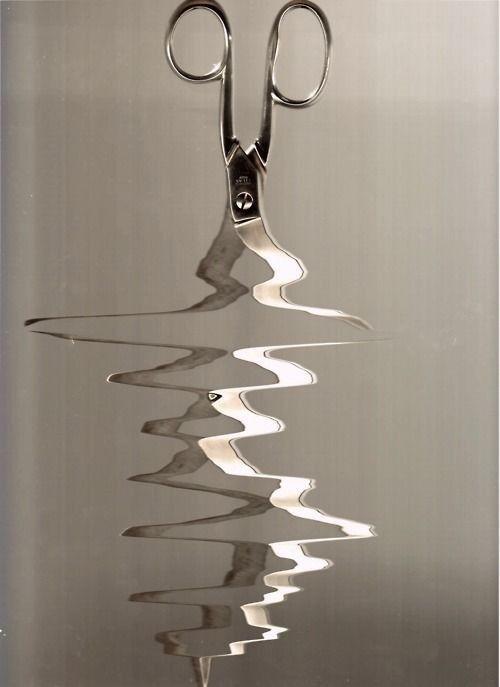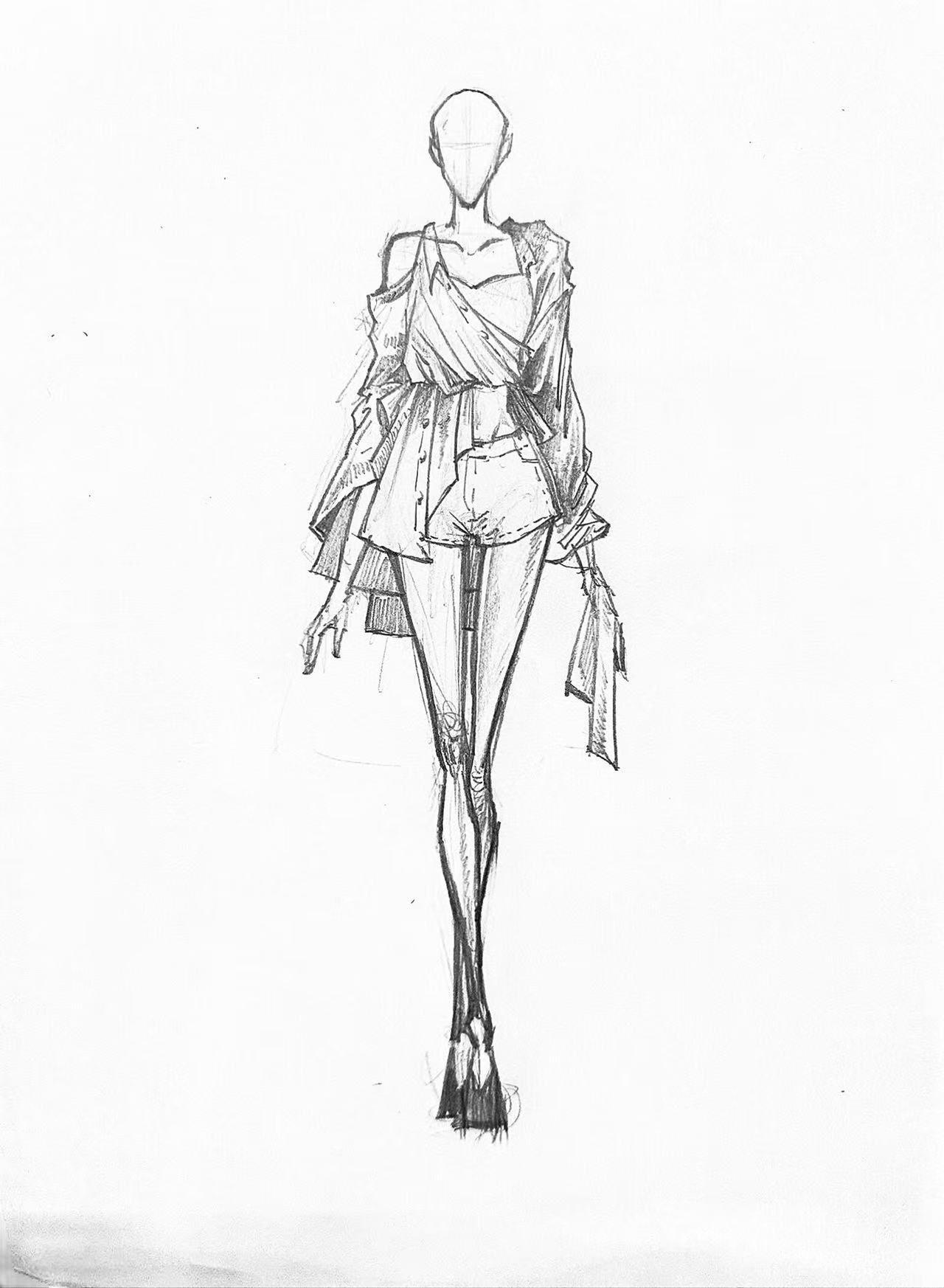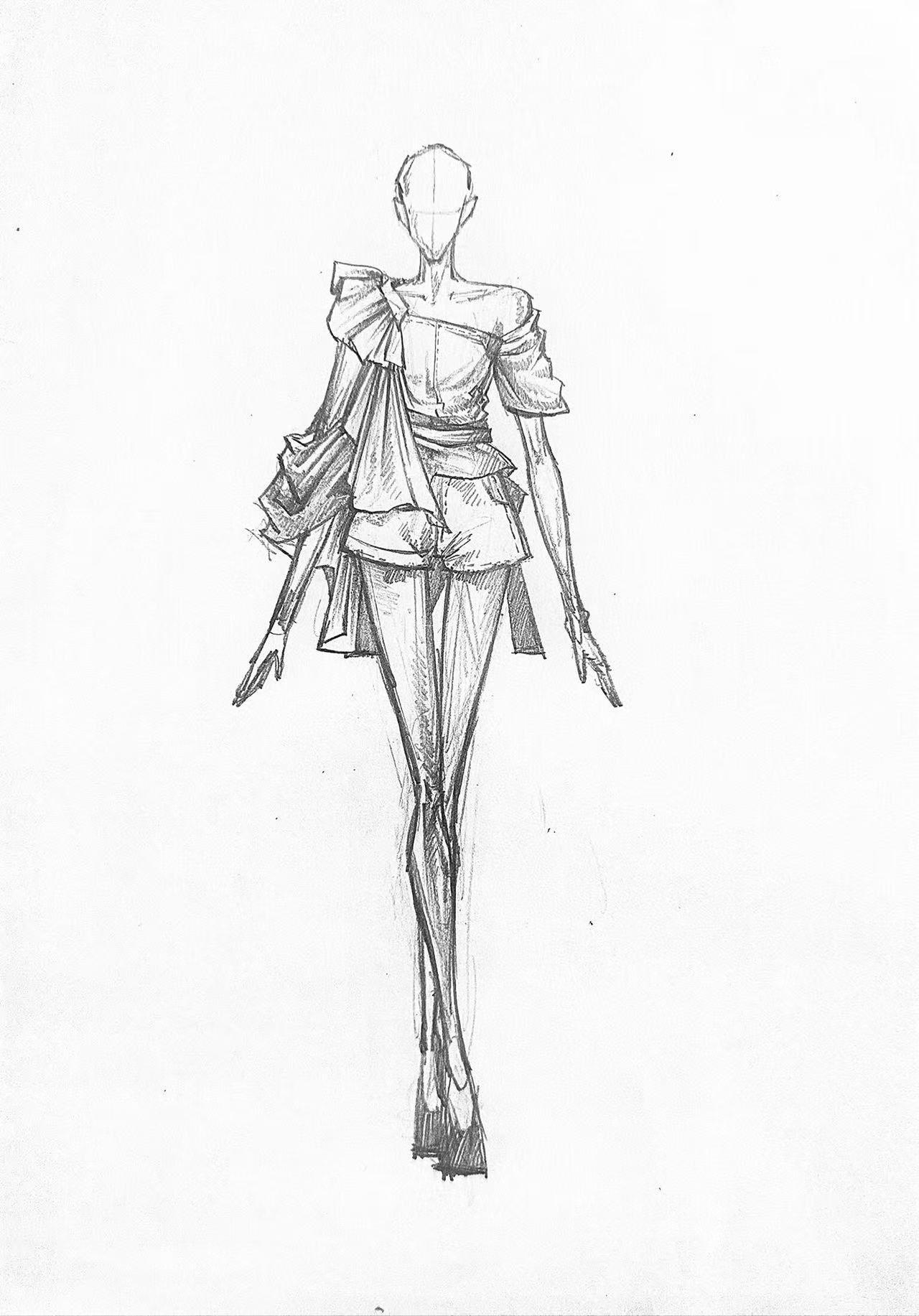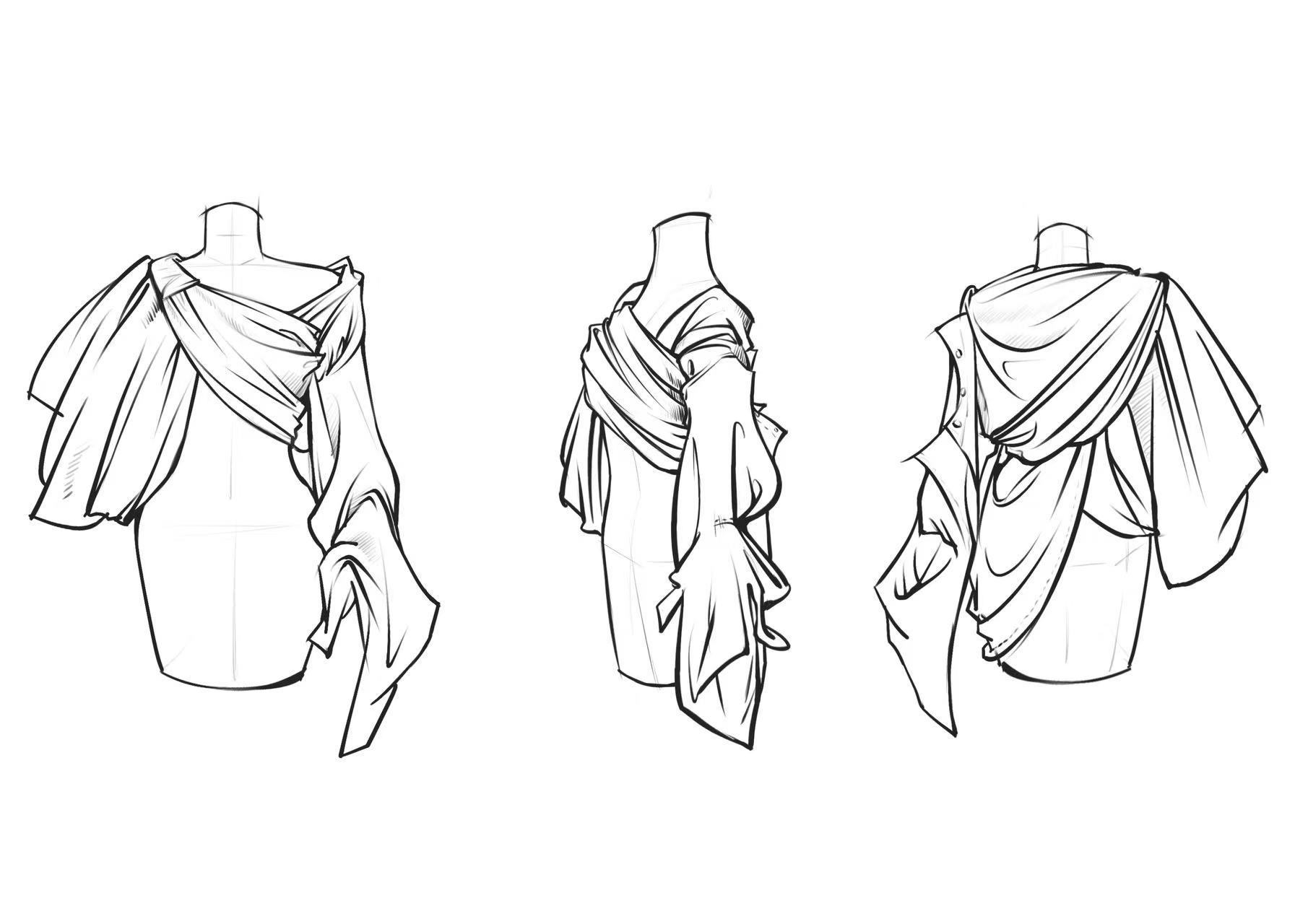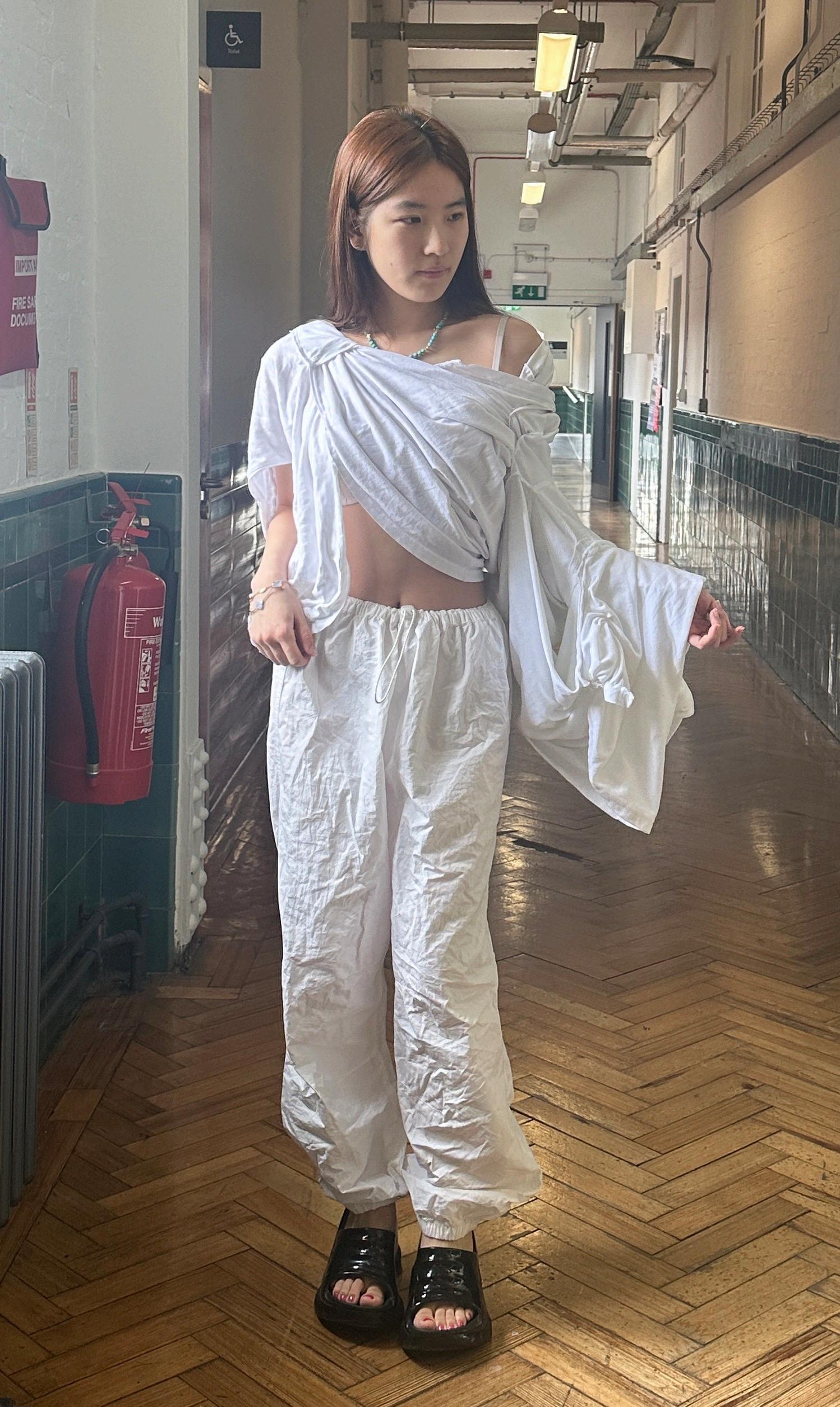Maison Margiela 2018SS
Th e me : Hi s cre ati ve
i n spi rati o n co me s f ro m
o bse rvi n g th e tri vi ali ti e s
o f li f e , such as th e
casual an d co mf o rtable
o utf i ts h e we ars wh e n
walki n g h i s d o g.
A large amount of reflective fabric has been used
Pleated down sleeves
Irregular ribbon entanglement
The design incorporates down sleeves, thickened raincoats and waterproof m aterials.
The tech-savvy clothing and bright detail designs appear avant-garde yet highly practical
Wear a fishbone corset over the outside
Project Rationale
As fashion designers, there are many practical ways we can reduce waste. For example, choosing environmentally friendly materials, like recycled cotton and fibres made from recycled plastic. You can put more effort into your designs, such as cutting with zero-waste to maximise fabric utilisation, or making clothes that are removable and can be changed with accessories to wear them for longer. You can also recycle old clothes and turn unwanted clothes into new designs. Fashion shouldn't be ‘use it or lose it’, and I can take the lead in changing that by making clothes that look good and are friendly to the environment。
As a designer, my ideas can change the fashion industry in this way: firstly, try to combine technology with fashion, such as AR virtual fitting or temperature-controlled clothing. Or designing children's clothes that can ‘grow and shrink’ so that they can be worn for a few more years. Secondly, we can play around with black technology, such as using AI to predict what's going to go wrong and reduce stock wastage, or developing solar-powered T-shirts that change colour. The most important thing is to change the rules of the game - the launch of a ‘clothing library’ for customers to rent clothes to wear, or ‘old clothes transformation workshop’, teaching fans to change old jeans into trendy bags. My plan is to launch a #WasteDesignChallenge on Xiaohongshu to prove to viral fans that sustainable fashion can be a big hit, and then look for big brands to collaborate with to promote it. I will use short videos to show the environmental concept behind the designs and call on more consumers to protect the environment.
As a fashion designer, it's especially important to think about design elements in a sustainable context, as the fashion industry is the second most polluting industry in the world, generating vast amounts of waste every year. We can't just design clothes that look good. I can prioritise organic cotton, recycled fibres in my choice of materials, and even try to make ‘leather’ from pineapple leaves or mushrooms. Stella McCartney is a sustainable clothing brand that I like very much. She did not use animal furs or feathers in any products. To achieve regenerative agriculture and recyclability, the service life of clothing can be extended by changing the ways of traceability, production, sales, sharing, repair and recycling.
project evaluation
I decided to take "The World of the Blind" as the theme of my IISF graduation portfolio. The inspiration for this project theme came from a chance encounter on the subway. That day I saw a blind girl. Her beige sweater was shining with a fine luster in the sunlight, and her fingers were gently rubbing the knitting lines. At that moment, I suddenly realized that when we talk about clothing, we always talk about colors and silhouettes, but we overlook the most original mission of clothes - as an extension of the skin, to convey warmth and touch. In the world of the blind, there are no colors at all, so this entire project is in black and white tones. During the two-month project development, through in-depth research on the unique perception methods of the blind group, I constructed a colorless design system that is completely based on touch, hearing and smell.
At the beginning of the project, I conducted research on the daily lives of blind people and carried out the "sensory deprivation experiment" - attempting to empathize with blind people while covering their eyes. For the next two months, I turned myself into a "temporary blind person". I went to the supermarket to buy milk with an eye mask on, tidied up the wardrobe in the dormitory in the dark, and even tried sewing with my eyes closed. When vision is blocked, the nerve endings at the fingertips suddenly become extremely acute: the roughness of linen fabric, the smooth coolness of silk, and the granular texture of curly wool - all these tactile memories that were once ignored are awakened. Once, I accidentally splashed 84 disinfectant on the hem of my skirt, and the pungent smell unexpectedly became a mark for identifying clothes the next day. In the Braille library, the administrator taught me to read the raised character dots. When I projected the Braille pattern magnified 50 times onto the wall, those regularly arranged dots unexpectedly presented a wonderful sense of rhythm, as if dancing notes were landing on the fabric. This inspired me to develop touchable clothing codes - implanting three-dimensional patterns in key areas such as collars and cuffs, and conveying clothing information through different arrangements and combinations. Complete daily activities only by relying on other senses. This brought me an unexpected discovery: when the vision is turned off, the fingertips can distinguish the thickness difference between cotton and linen. The echoes produced by footsteps on floors of different materials form a spatial map. The residual smell of laundry detergent becomes the only clue for identifying clothes.
With these experiences in mind, I also investigated how blind artists create their own unique artworks. Among them, artist Anthony Gormley invited Carmody Grock to collaborate with Techniker and BDSP to launch his "Light of the Blind" concept. Gormley's installation is a sensory pavilion, filled with cold, thick fog and fluorescent lamps four times the size of normal daylight. The challenge faced by the design team was to "dematerialize" the architectural shell, thus emphasizing the experience of being immersed in fog. The misty glass room was filled with an air of unease and ambiguity, like a nightclub dance floor with a strange sense of intimacy. Unfamiliar faces and bodies moved along with the music. This kind of relaxed closeness to strangers will only work under the cover of darkness. The mist installation by the British sculptor Anthony Gormley has given me important enlightenment. In his glass maze, the thick fog blurred the boundaries between people, but amplified the rustling sound of clothes rubbing against each other, the reverberation of footsteps on the ground, and even the slight swelling sensation of the fabric after absorbing moisture. This made me start to think: Can clothing also become a medium connecting Spaces? The immersive installation "Blind Light" from the British sculptor Antony Gormley fills a glass room with artificial fog, inviting the audience to enter it. Thirty life-sized body models were also placed on the roof of the exhibition hall and the nearby Waterloo Bridge. The mist with visibility of less than two feet closely connects the physical sensory experience with the space. Force the audience to perceive and think about the body.
In terms of visual research, only black, white and gray scales are used for the materials, and visual layers are created through the contrast of lightness. Interestingly, when the color is restricted, the texture of the material itself is highlighted instead. I scanned and enlarged the Braille books and found that the combination of these raised dots had an astonishing rhythmic beauty. The existence of buttons is just like Braille. The integration of auditory elements is even more challenging. Giving up color means that design expression must be achieved through structural innovation. When color is deprived, the design possibilities of other senses unfold infinitely instead. Secondly, clothing is essentially a medium between the body and the world, not merely limited to visual symbols. I hope to develop this series into a truly functional clothing line and further explore the concept of "sensory equality design" - not making special designs for specific groups, but enabling everyone to enjoy multi-sensory experiences.

